Just In
- 1 hr ago

- 4 hrs ago

- 5 hrs ago

- 7 hrs ago

Don't Miss
- Finance
 Elon Musk Postpones India Trip, Tesla's Indian Market Entry Delayed
Elon Musk Postpones India Trip, Tesla's Indian Market Entry Delayed - News
 US Links 'Blue Whale Challenge' To Indian Student's Death In Boston | What Is The 'Suicide Game'?
US Links 'Blue Whale Challenge' To Indian Student's Death In Boston | What Is The 'Suicide Game'? - Movies
 Love, Sex Aur Dhokha 2: The REAL Reason Of Rajkummar Rao And Nushrratt Bharuccha Not Being Part Of The Film
Love, Sex Aur Dhokha 2: The REAL Reason Of Rajkummar Rao And Nushrratt Bharuccha Not Being Part Of The Film - Sports
 DC vs SRH My11Circle Prediction IPL 2024 Match 35: DEL vs HYD Fantasy Tips & Expert Picks
DC vs SRH My11Circle Prediction IPL 2024 Match 35: DEL vs HYD Fantasy Tips & Expert Picks - Technology
 Best Noise-Cancelling Earbuds Under Rs 5,000: CMF Buds Pro, Redmi Buds 5, Realme Buds Air 5, and More
Best Noise-Cancelling Earbuds Under Rs 5,000: CMF Buds Pro, Redmi Buds 5, Realme Buds Air 5, and More - Education
 UPMSP Class 10 and 12 Results 2024 Released Today, Check the Details Here
UPMSP Class 10 and 12 Results 2024 Released Today, Check the Details Here - Automobiles
 Tesla CEO Elon Musk's Much-Awaited Visit to India Deferred, Leaving Questions Unanswered
Tesla CEO Elon Musk's Much-Awaited Visit to India Deferred, Leaving Questions Unanswered - Travel
 Journey From Delhi To Ooty: Top Transport Options And Attractions
Journey From Delhi To Ooty: Top Transport Options And Attractions
Athlete's Foot: Causes, Symptoms, Diagnosis, Treatment And Prevention
Athlete's foot (AF), also known as tinea pedis is a fungal infection of the foot, mostly found between the toes. It is named so as the infection is common in athletes and swimmers. The AF can spread to hands or other body parts when a person scratches the infected area and touches other body parts.
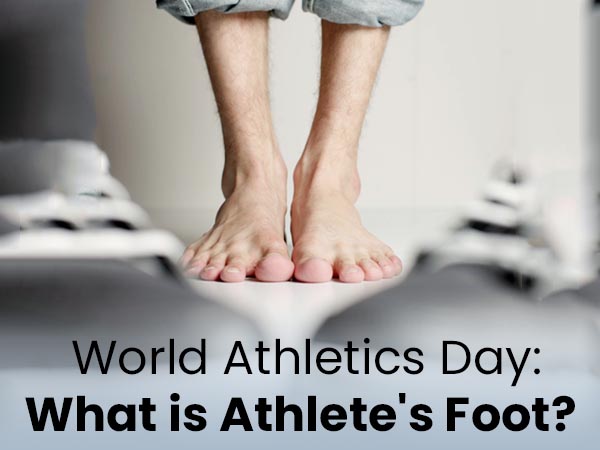
AF is not a serious infection and can be treated with antifungal drugs. But it is contagious and may spread through towels, clothing or contaminated floors. People with diabetes and a weak immune system should keep good foot hygiene to avoid the infection as it is very hard to cure in their cases. Take a look at its causes, symptoms and other information. [1]
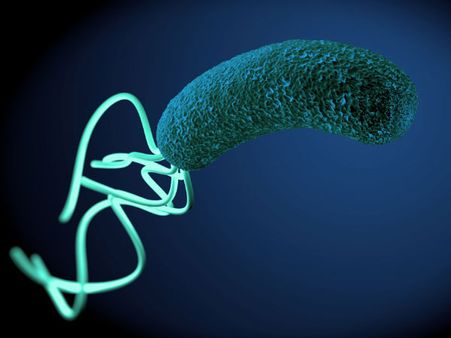
Causes Of Athlete’s Foot
The AF is caused by foot fungi named Trichophyton. They are dermatophytes that grow mainly on hair, nails and skin and responsible for similar infection types such as ringworm and jock itch. The fungi usually remain on the skin harmlessly and infect only under certain conditions. When the skin of the foot is clean and dry, their growth is limited but as soon as they find moist and warm conditions (tight shoes, damp socks), they start multiplying and cause AF. [2]
As the area between the toes is moist for most of the times, they find it a better place to multiply. The fungi are mainly found in showers, locker rooms and areas around the swimming pool. A person infected with AF is likely to spread the infection by walking barefooted.
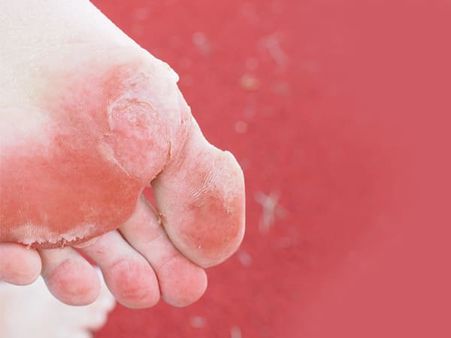
Symptoms Of Athlete’s Foot
AF starts with mild symptoms and gets severe as the infection progresses. The mild symptoms include: [2]
- Patches or deep breaks between the toes.
- Redness of the skin of the foot
- Itchy skin
- Burning sensation between toes
- Peeling of the skin of the feet
- Dry skin on the sides or soles
- Itchy blisters on the feet
- Pain and swelling due to breaks
- Spread of the infection to soles or toenails
- Thick white or yellow toenails
- Foul smell
- Pus on the infected areas.
Severe symptoms include:

Risk Factors Of Athlete’s Foot
Wearing tight-fitting, closed-toe shoes or non-breathing footwears.
- Wearing wet socks for a long time
- Wearing plastic shoes with no proper air supply
- Being men [2]
- Having a weak immune system or diseases such as diabetes. [3]
- Sharing clothes, shoes, socks or bed with people who may have AF
- Walking barefooted in moist public places (locker room, showers, swimming pool)
- Having sweaty feet
- Keeping feet wet for a longer period
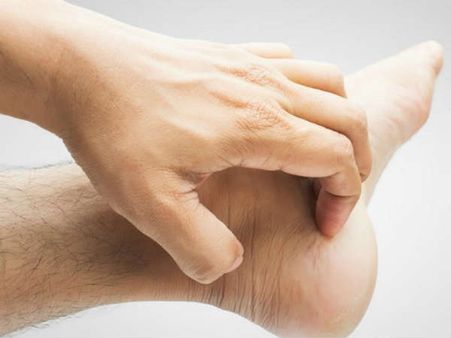
Complications Of Athlete’s Foot
If remain untreated, the AF can spread to the following areas: [4]
- Hands: When a person scratches the infected area of the feet and don't wash hands later.
- Toenails: This can cause severe pain.
- Groin areas: After sharing infected towels or clothes.
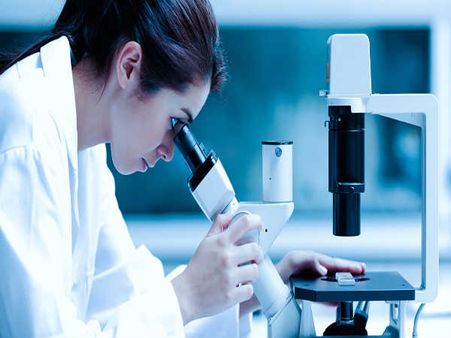
Diagnosis Of Athlete’s Foot
Diagnosis of AF is usually carried out by physical examination of the infected area. A skin test is instructed by the medical expert to rule out other similar conditions such as psoriasis or dermatitis.
Another method is potassium hydroxide (KOH) test in which a part of the infected skin is taken and placed into a KOH solution. The solution destroys human cells and leaves the fungi cells which are then confirmed by viewing under a microscope. [5]
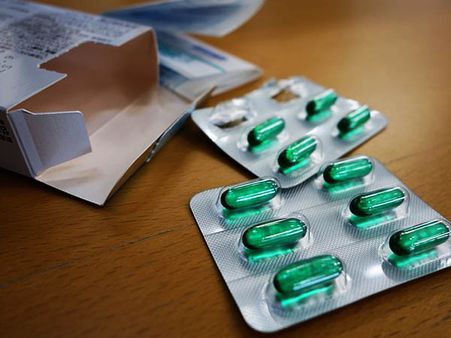
Treatment Of Athlete’s Foot
The AF can be treated with the following methods: [6]
- Over-the-counter (OTC) topical antifungal medications containing antifungal agents such as clotrimazole, ketoconazole, econazole and miconazole.
- Oral antifungal drugs like itraconazole
- Oral antibiotics for blisters.
- Steroid medicines to reduce inflammation
- Antifungal medications in the form of powders, sprays, gels or creams.
Note: Consult a medical expert or pharmacist before giving medications to elders, young children or pregnant women.

How To Prevent Athlete’s Foot?
- Maintain proper feet hygiene. Don't forget to wash between the toes.
- If your feet are too sweaty, apply antifungal powders to keep them dry. [5]
- Don't wear tightfitting shoes for too long.
- Prefer wearing shoes made of leather or canvas or shoes with good ventilation.
- Keep at least two pair of shoes and wear them on alternate days. This will give shoes enough time to dry out.
- Wear socks made of cotton or silk.
- Avoid wearing socks on wet feet.
- Wear pool slippers while visiting public swimming pools or shower areas.
- Avoid sharing footwear with others.
- Keep towel and bedsheets clean and avoid sharing them.
- If you notice redness or itchiness in the feet, avoid scratching it. Instead, soak them in cold water.

Common FAQs
1. How do you get rid of athlete's foot fast?
Antifungal creams and talcum powder are the best ways for the speedy recovery of the athlete's foot. Continue applying them for a week or two and you will see the results.
2. What does athlete's foot look like?
Athlete's foot appears like a scaly, red and small blisters between toes or sole of the feet. At first, you will feel itchiness and burning sensation in the area followed by a foul smell and accumulation of pus.
3. Should I wear socks to bed with athlete's foot?
If you have athlete's foot, you can wear socks to bed when sharing a bed with your partner. This may limit the spread of fungi to bedsheet. However, if you walk barefooted the other times, chances of the infection will increase as the fungi may get attached to the floor and spread when your partner walks on them. Consider applying the antifungal powder before wearing socks.
-
 nutritionWorld Athletics Day 2020: 8 Nutrition Tips For Athletes
nutritionWorld Athletics Day 2020: 8 Nutrition Tips For Athletes -
 diet fitnessDynamic Warm-Up Exercises For Youth Athletes
diet fitnessDynamic Warm-Up Exercises For Youth Athletes -
 wellnessAmazing Health Benefits Of Banana For Men: Good For Heart, Sexual Problems And Hair Growth
wellnessAmazing Health Benefits Of Banana For Men: Good For Heart, Sexual Problems And Hair Growth -
 womenTokyo Olympics 2020: Maana Patel, India’s First Female Swimmer At The Summer Games
womenTokyo Olympics 2020: Maana Patel, India’s First Female Swimmer At The Summer Games -
 wellnessFungi Could Be The Source Of Our Next Pandemic
wellnessFungi Could Be The Source Of Our Next Pandemic -
 wellnessIs Vinegar Effective To Get Rid Of Mould?
wellnessIs Vinegar Effective To Get Rid Of Mould? -
 wellnessHow To Treat Intertrigo: Safe And Effective Home Remedies
wellnessHow To Treat Intertrigo: Safe And Effective Home Remedies -
 wellnessDengue On The Rise Again: Is Dengue Fever Contagious? What Are The Risks?
wellnessDengue On The Rise Again: Is Dengue Fever Contagious? What Are The Risks? -
 healthEye Flu Cases on Peak: How Long Does Conjunctivitis Last And How To Treat It?
healthEye Flu Cases on Peak: How Long Does Conjunctivitis Last And How To Treat It? -
 healthColumbia University Study: Mylab’s CoviSelf Can Detect Omicron Variant Successfully
healthColumbia University Study: Mylab’s CoviSelf Can Detect Omicron Variant Successfully -
 disorders cureCoxsackievirus Infection: Causes, Symptoms, Risk Factors, Treatments And Prevention
disorders cureCoxsackievirus Infection: Causes, Symptoms, Risk Factors, Treatments And Prevention -
 wellnessWorld No Tobacco Day: Why Smokers Are At Higher Risk Of Getting Coronavirus
wellnessWorld No Tobacco Day: Why Smokers Are At Higher Risk Of Getting Coronavirus


 Click it and Unblock the Notifications
Click it and Unblock the Notifications



